EVs and autonomous driving go hand-in-hand. What does this mean for you today?
The truth about self-driving cars
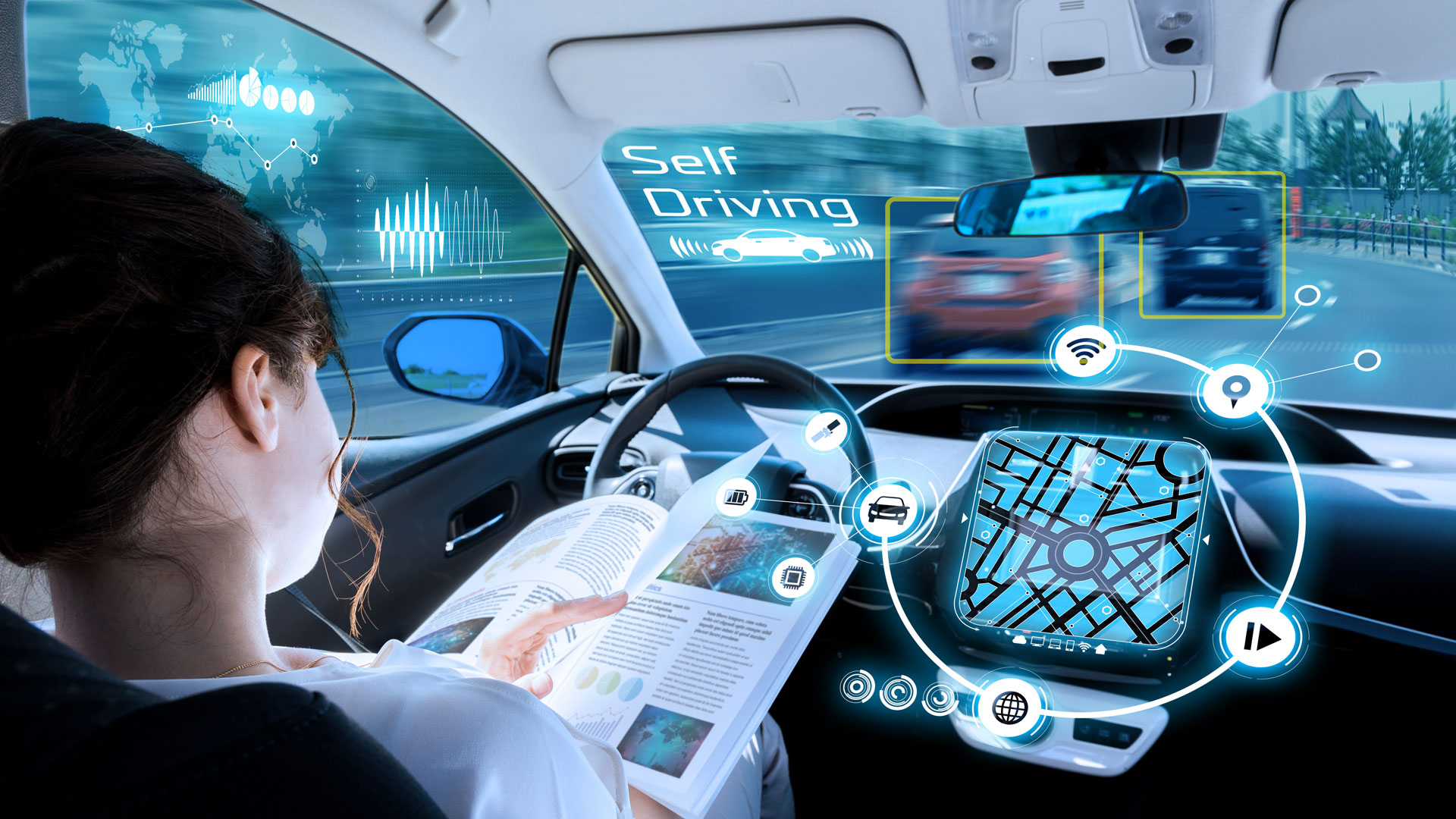
By now, you've probably heard of ADAS (advanced driver assistance systems). This tech has created a lot of buzz and is somewhat controversial. You can think of ADAS as cruise control on steroids. It’s something most new cars come equipped with these days (especially EVs) but it’s not autonomous driving – at least not yet.
The SAE (society of automotive engineers), classifies ADAS using the following six Levels:
- Level 0: no driving automation (basic, traditional cruise control)
- Level 1: driver assistance (radar cruise control, automatic acceleration, and braking)
- Level 2: partial driving automation (Tesla Autopilot and FSD, automatic steering plus acceleration and braking, requires driver’s full attention at all times)
- Level 3: conditional driving automation (Mercedes Drive Pilot, car drives itself under certain limited conditions, does not require driver’s attention, but the driver must be ready to take over)
- Level 4: high driving automation (car drives itself under most conditions, does not require driver’s attention, but the driver can take over at any time)
- Level 5: full driving automation (car drives itself under any condition, no driver required)
Clearly, most cars have Level 0 ADAS, and many have Level 1. Most new cars have Level 2 systems, but only a few have Level 3. Level 4 is available on a limited basis (Waymo and Cruise robo-taxis, for example). There is currently no vehicle with Level 5 autonomous driving. Most states and some local governments require some kind of certification for vehicles equipped with Level 3 systems and up, but that’s not the case with Level 2.
Muddying the waters, there are also a handful of advanced Level 2 (or Level 2+) systems on the road today – from GM’s Super Cruise and Ford’s BlueCruise to Tesla’s poorly named FSD (Full Self-Driving). These are similar to Level 3 systems in that the car mostly drives itself, but are usually hands-on and/or eye-on systems which require the driver to regularly touch the steering wheel and/or look at the road.
While basic Level 2 features are generally standard on modern EVs, Level 2+ and Level 3 ADAS are optional and come with additional costs – typically $2k-$12k upfront or $25-$200 per month as a subscription.
Now that you understand the basics, let’s take a look at the current state of Level 2+ and Level 3 ADAS. I’ve tried them all, and here are my thoughts.
Mercedes Drive Pilot (Level 3)
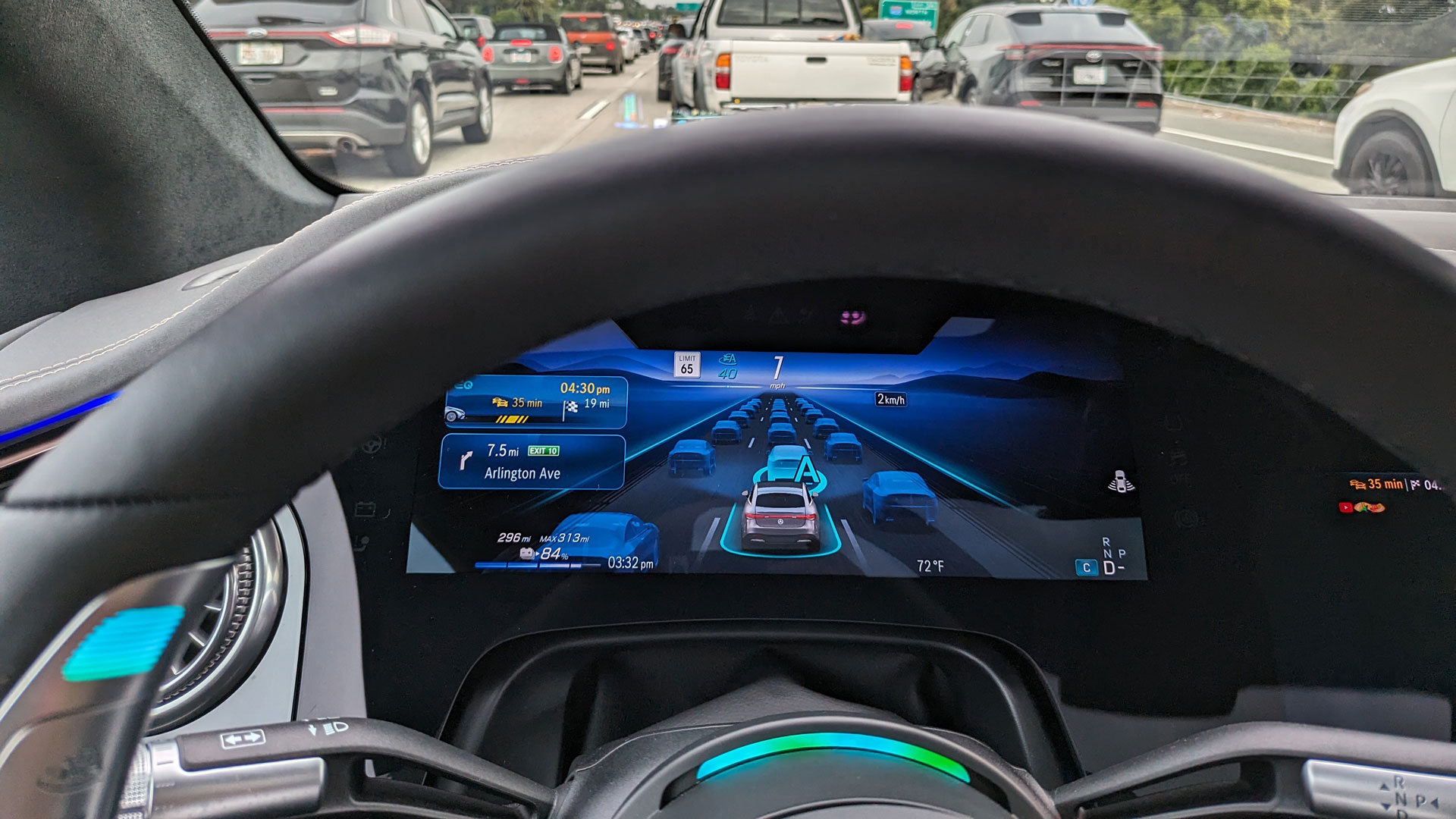
Mercedes’ Drive Pilot is one of the first Level 3 systems commercially available today. It’s certified to use in Germany and the US (Nevada and California) and is an option on the Mercedes EQS electric sedan and S-Class combustion sedan. The price is $2500 per year, but there’s no additional cost for the hardware – though it cannot be retrofitted, so you have to buy or lease an EQS or S-Class that comes with the Drive Pilot hardware.
Get daily insight, inspiration and deals in your inbox
Sign up for breaking news, reviews, opinion, top tech deals, and more.
Today, you can only engage Drive Pilot if a narrow set of conditions are met. It only works on certain roads (currently a handful of freeways mapped by Mercedes), it’s not available at night or in inclement weather, it requires a vehicle in the lane in front of your car, and – most importantly – it only operates at speeds up to 40mph. So basically, the best use case for Drive Pilot right now is rush-hour traffic on the freeway in places like Los Angeles.
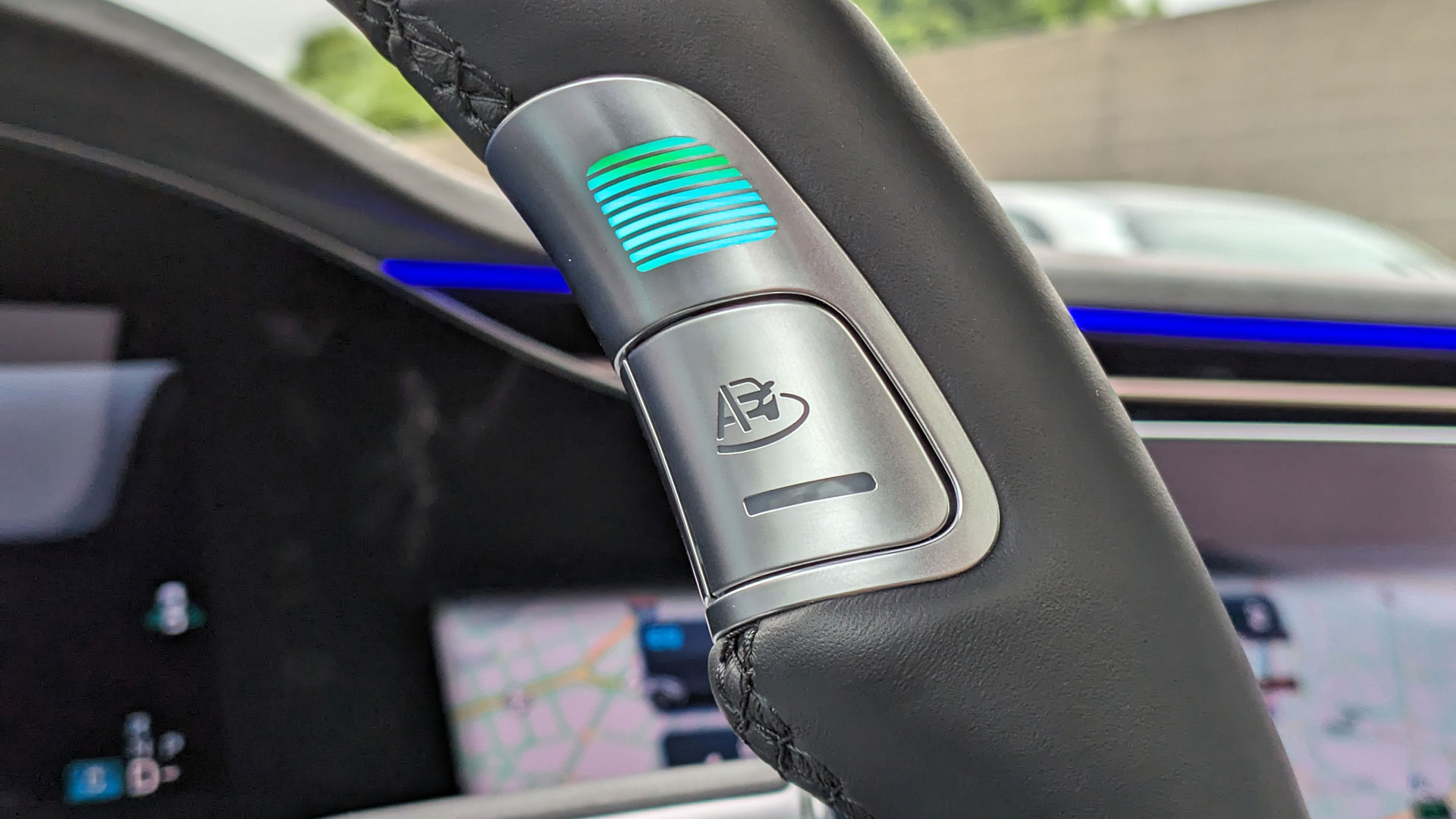
But here’s what's really cool. Since Drive Pilot will only operate once all these conditions are met, as long as your vehicle is properly maintained and you’re not doing anything unlawful (like handling your phone, which is illegal while driving in California), Mercedes assumes full liability while Drive Pilot is engaged. You can take your hands off the wheel and your eyes off the road and surf the web or watch videos on the infotainment system.
Vehicles equipped with Drive Pilot add a pair of buttons and lights to the steering wheel at the 10 and 2 o’clock position. Drive Pilot is available when those lights are white, at which point you can press either button to engage the system. Once Drive Pilot is active, the lights turn turquoise, and you’re being driven. You can disengage the system at any time by pressing either button, pushing any pedal, or turning the steering wheel.
While Drive Pilot is active, you can relax and let the car drive you. You can’t adjust the speed or follow distance – your only responsibility is to be able to resume driving within ten seconds when Drive Pilot needs you to take over. At that point, you’ll hear a chime, and the lights will turn red. The warnings will get louder and more frequent – the car will even tug on your seatbelt and vibrate the steering wheel – until you resume driving.
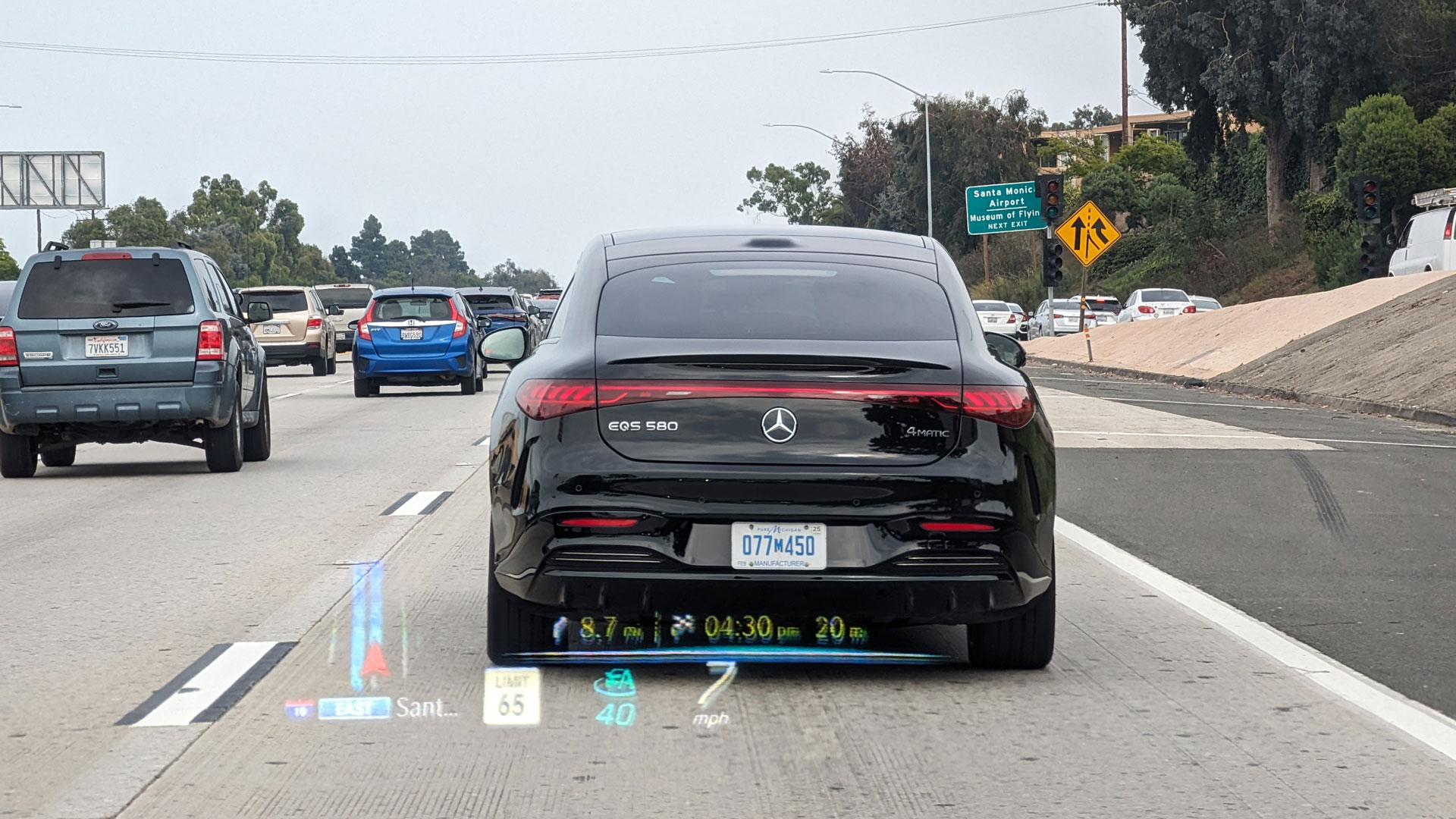
If you don’t react within that time, your car will turn its hazards on, gradually come to a stop in the current lane, and unlock the doors (for first responders, in case you’re experiencing a medical emergency). Cars outfitted with Drive Pilot feature additional sensors, including lidar and stereo cameras in front, moisture sensors in the wheel wells, high-accuracy GPS, plus an extra rear camera (to detect emergency vehicles).
For additional safety, vehicles equipped with Drive Pilot boast redundant computers, additional EPS (Electric Power Steering) motor windings, redundant wheel rotation sensors, and an extra 12-volt battery for backup power. So, while today Drive Pilot’s use case is limited – the 40mph limit is regulatory, not technical – it gives us a glimpse of where Level 3 ADAS is headed. Plus, Mercedes assuming liability is the icing on the cake.
Ford BlueCruise and GM Super Cruise (Level 2+)
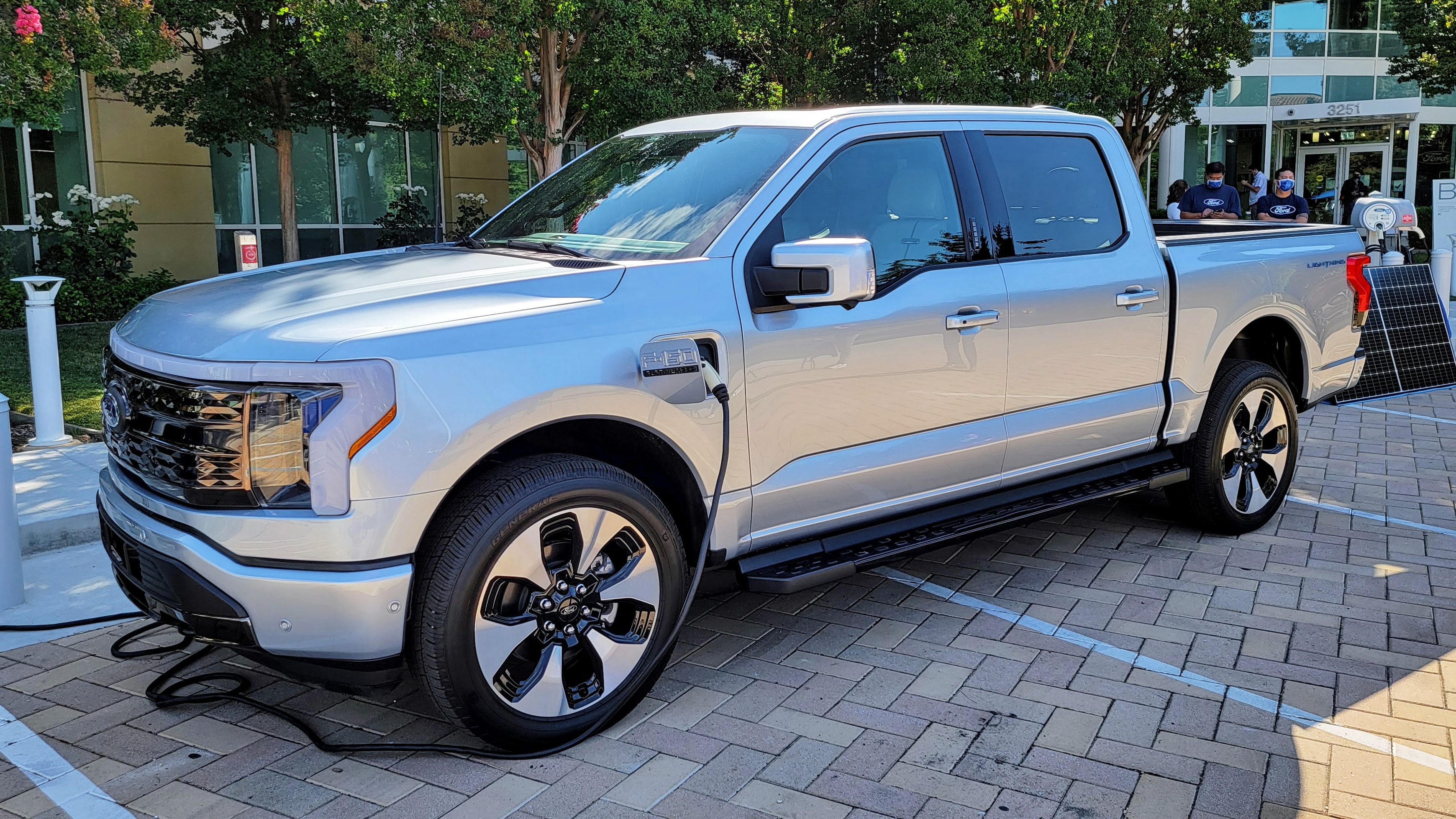
Ford’s BlueCruise and GM’s Super Cruise are similar in that both systems enable hands-off automatic steering plus acceleration and braking. Unlike most Level 2 ADAS, which periodically check that the driver is holding the steering wheel (hands-on), Ford and GM’s tech only require you to keep your eyes on the road (eyes-on). The only drawback is that both systems are geofenced, and only work on certain roads (mostly freeways).
Both BlueCruise and Super Cruise also feature driver-initiated automatic lane changes, where the vehicle switches lanes by itself (when it’s safe to do so) after you tap the turn signal stalk. In addition, GM’s Super Cruise offers vehicle-initiated automatic lane changes, something that Mercedes and Tesla also support. With this tech, the car will automatically switch lanes to pass other vehicles or to take an exit.
Ford’s BlueCruise is available on the Mustang Mach-E and F-150 Lightning EVs, and on several combustion vehicles. It costs $2100 for three years, $800 per year, or $75 per month. GM’s Super Cruise is an option for all of its EVs and a bunch of combustion vehicles. Pricing varies between $2000 and $2500 per car and includes a free, three-year subscription. The cost is $25 per month after that.
Tesla FSD (Level 2+)
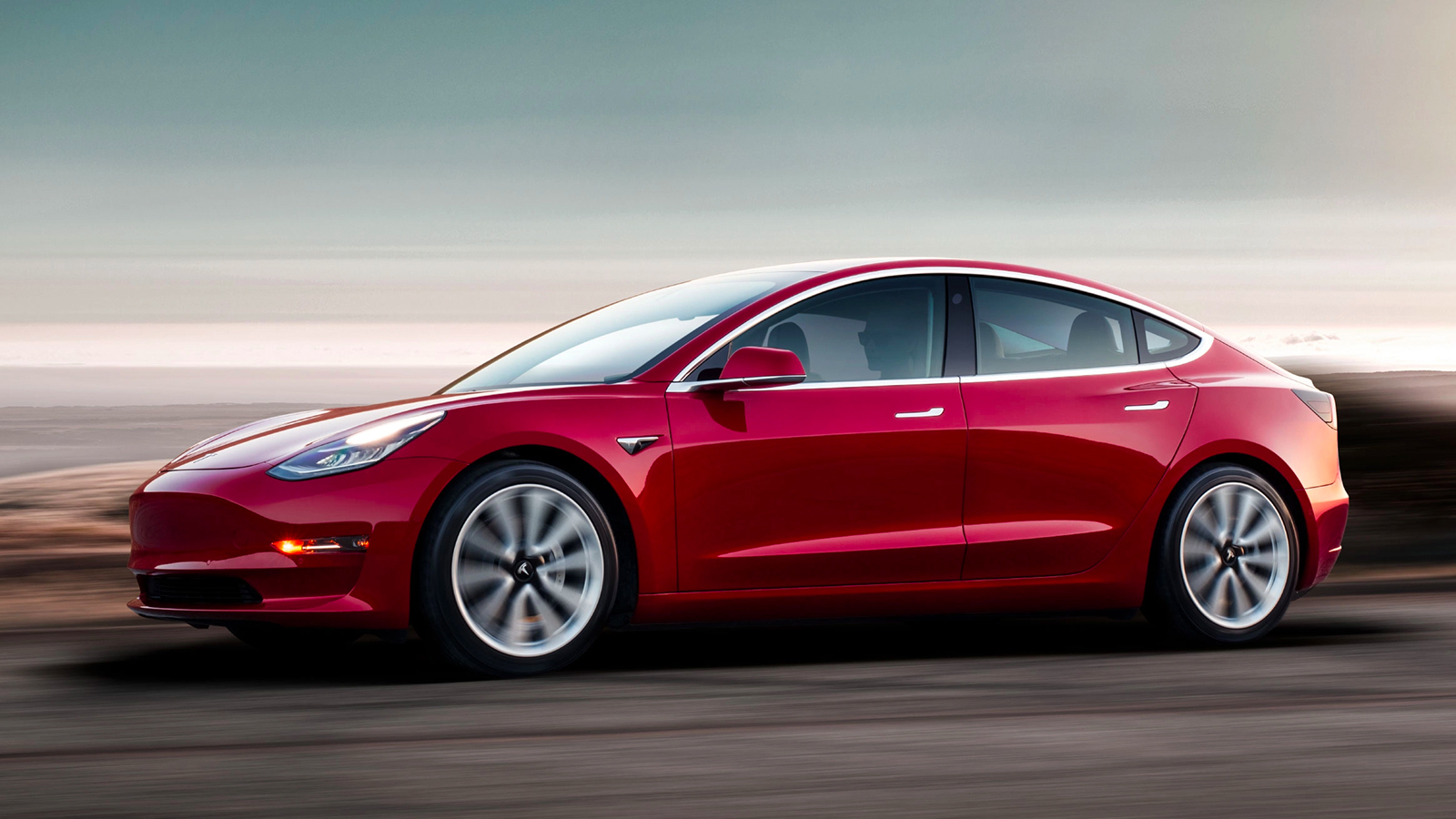
Unlike the terrible name implies, Tesla’s FSD (Full Self-Driving) isn’t Level 3 or Level 4 ADAS. It’s a hands-on, eyes-on Level 2+ system on steroids. And while it’s very impressive, it always requires the driver’s full attention. With that caveat out of the way, FSD goes way beyond automatic steering plus acceleration and braking. You simply enter your destination in the car’s navigation system, and FSD basically drives you there.
Since FSD is purely vision-based, it works on any road (and even off-road, to some extent). This means it’s available anywhere – in the city, on freeways, in the suburbs, on rural highways, in the middle of nowhere. It’s able to detect road markings, traffic lights, signs, other vehicles (including bikes), pedestrians, some animals, and a variety of objects and obstacles. But it’s also quite sensitive to inclement weather and direct sunlight.
FSD’s been trained to “drive” using machine learning and benefits from the massive data sets Tesla’s acquired with its millions of always-connected vehicles over the years. It’s still in beta, though, which is obviously controversial. Vision-only also means that despite having 8 cameras around each car, FSD forgoes the radar, ultrasonic, and (sometimes) lidar sensors commonly used in other Level 2 systems.
That being said, while FSD isn’t autonomous driving, it generally works pretty well. When it fails, however, it often does so spectacularly. As such, FSD requires the driver to be extremely attentive. FSD is available on all Tesla cars as a $12,000 one-time option or as a $200 per month subscription. It also includes Autopilot, Autopark, and Summon which are Tesla’s more basic Level 2 features.
My takeaway
Level 2+ and Level 3 ADAS are here today, and here to stay. There’s no doubt the tech is impressive, but obviously, the benefits vary widely between systems. In addition, there’s also the issue of cost – for example, I wouldn’t advise paying $12,000 for FSD since it’s not (easily) transferable to another Tesla. Are you really planning to keep your EV – a smartphone on wheels – for more than 5 years considering how fast tech is evolving?
You’re probably better off leasing your EV, and paying the monthly (or yearly) subscription for the Level 2+ or Level 3 system you prefer. Ultimately, whether you opt for Level 2+ or Level 3 ADAS – or even just use your EV’s standard Level 2 system – you’ll arrive at your destination a little more relaxed, especially if you’re commuting in rush hour traffic or doing a long freeway road trip. Just remember to use common sense and pay attention, ok?
You might also like

Myriam Joire (tnkgrl) was born wearing combat boots and holding a keyboard. Moments later she picked up a soldering iron. On weekends, she rally-raced with her father. She's been stomping, typing, hacking, and driving ever since. After spending years being a code-monkey in the video game industry, she joined Engadget as Senior Mobile Editor and later Pebble as Chief Evangelist. Today she hosts the weekly Mobile Tech Podcast, makes videos on YouTube, writes about tech and cars for TechRadar and other major publications, and advises startups on product/media strategy. She's based in San Francisco.